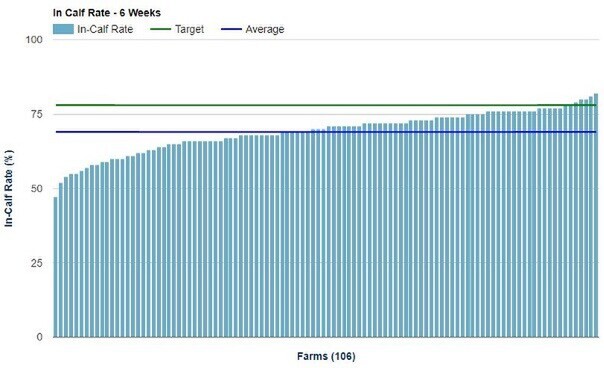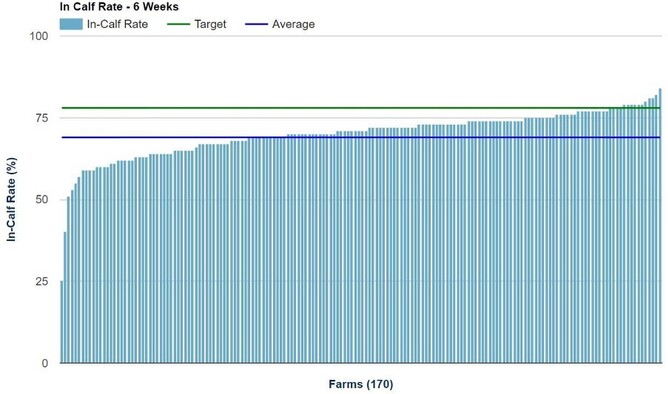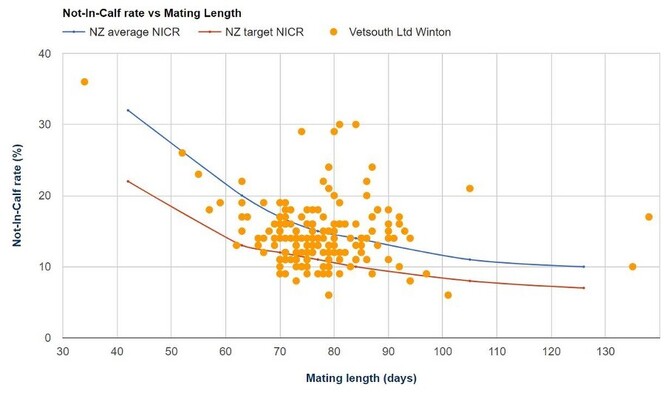Thanks to all our dairy farmers who came out to help celebrate the wrap-up of the reproduction season at our two recent Repro Round-Up events in Gore and Winton. These evenings give us a chance to show our appreciation to our local farmers for using our services and being fantastic partners in the dairy industry. It was one of the best seasons we’ve had in a while, so it was great to highlight the results and come together for an awesome night off the farm – everyone scrubs up well!
A key focus of the night is looking over the results from the season, diving into the data, and sharing insights from our vets. This might sound boring to some, but knowing your numbers gives you the opportunity to compare your performance to your peers and to the industry as a whole, across seasons. So, what did the stats look like from each area?
East
The 2023-24 repro season in the east was, on average, the best we have had in a long time, so it was great to celebrate that success with our farmers at the event in Gore. We hit 69% for our average 6-week in-calf rate, which was more than 2% higher than the season before. Our farm’s not-in-calf rates were equally impressive this year, with an average of 14.7%, the lowest we’ve seen for nearly 10 years!
West
We presented the west’s 2023-24 repro results at the Winton event, as well enjoying a meal and a laugh with our farmers. We also had a 69% 6-week in-calf rate this year, a 1.7% increase compared to last season.
The average not-in-calf rate in the west was 14.45%. When looking at not-in-calf rates, it’s interesting to take into account each farm’s mating period length to consider how this can affect the rate. Remember, the not-in-calf data often can include all cows that were on-farm at the start of mating, so this number can sometimes be higher than your true empty rate as it assumes that any cow that wasn’t scanned is empty (when they may have been removed from the herd, for example).
Guest speakers
At both events we had a presentation from Ange Schimmelpfennig, a Reproduction Solution Advisor from LIC. She presented national repro statistics, which showed the good results we experienced for the season were reflected across the country. She also talked about how calving pattern and heifer management can influence reproduction and explained the influence of fertility breeding value on reproduction.
We were also lucky enough to have some of our awesome local farmers present their individual repro results, which encouraged some very valuable peer discussions. Special thanks to those farmers that spoke at the events!
Want to know more?
If you would like to delve further into your farm’s reproductive performance, get in touch with your KeyVet who will be able to discuss your recent numbers and chat with you about what things may need more focus next year.




